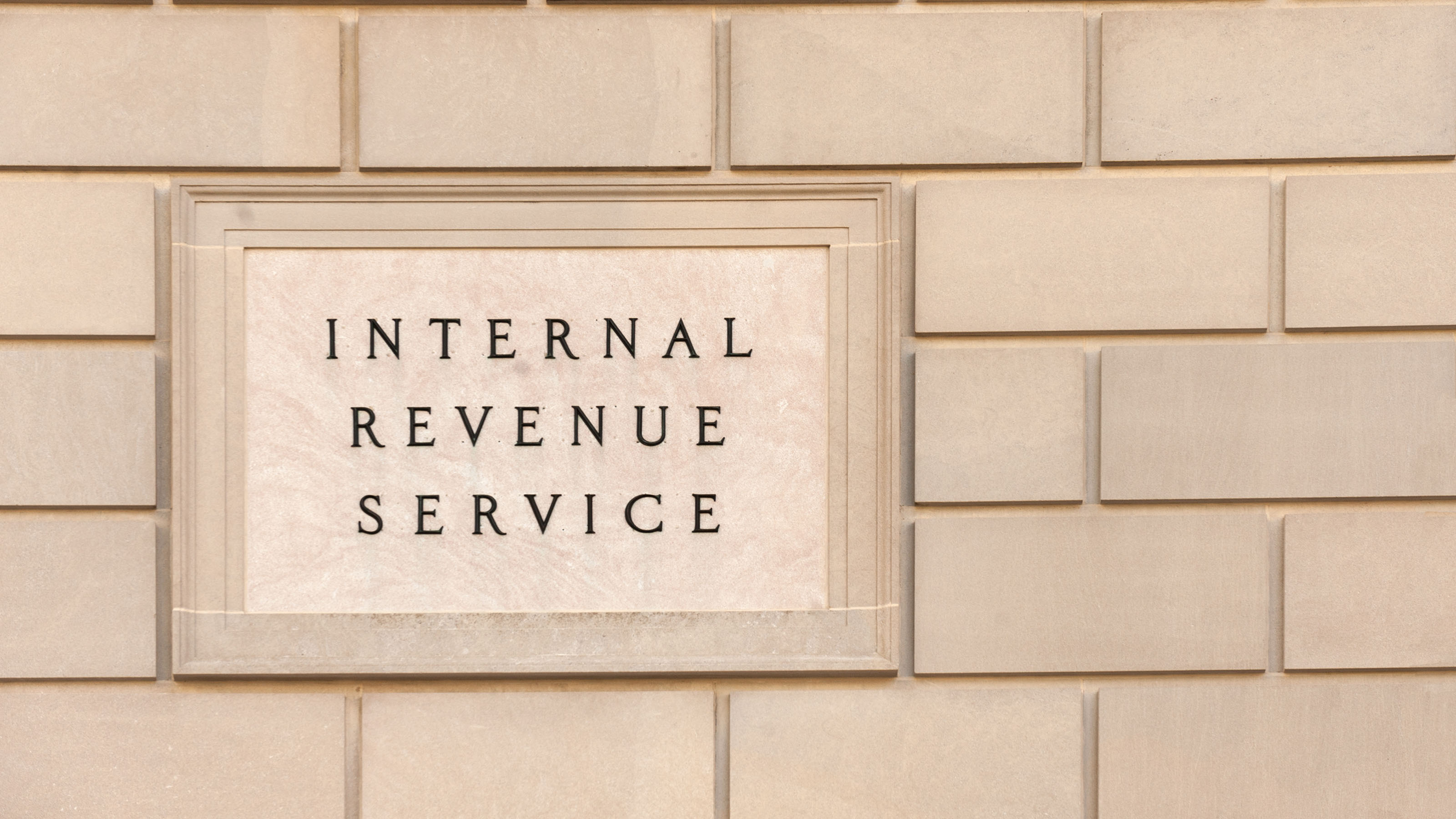Child Tax Credit 2025 and 2026: How Much Is It and What's Changed?
Here's what you need to know about the federal child tax credit (CTC) for 2025 and 2026.


The federal child tax credit (CTC) is a key benefit that helps families offset the costs of raising children.
For years, data show that the CTC has provided tax relief to millions of households, with eligibility based on income, filing status, and the number of qualifying children. The CTC is partially refundable, meaning some families can receive a refund even if their tax bill is low or zero.
For the 2025 tax year, the CTC is seeing changes as part of President Trump’s tax and spending bill, often referred to as the “big beautiful bill.” The legislation, enacted on July 4, 2025, increases the maximum credit from $2,000 to $2,200 per child and indexes the amount to inflation.
From just $107.88 $24.99 for Kiplinger Personal Finance
Become a smarter, better informed investor. Subscribe from just $107.88 $24.99, plus get up to 4 Special Issues

Sign up for Kiplinger’s Free Newsletters
Profit and prosper with the best of expert advice on investing, taxes, retirement, personal finance and more - straight to your e-mail.
Profit and prosper with the best of expert advice - straight to your e-mail.
However, new rules also tighten eligibility by requiring that both the parent (and spouse, if filing jointly) and the child have a Social Security number to claim the credit. This shift may affect some immigrant and mixed-status families.
Here’s what you need to know about the enhanced federal child tax credit and how the latest changes could impact your family’s finances, beginning this year, 2025.
Plus: the IRS has just released 2026 amounts for the CTC and other family tax credits. Read on to learn more.
Overview
What is the child tax credit?
The federal child tax credit is a key tax break that provides qualifying households up to $2,200 per child under 17.
While your eligibility depends on your income, child's age, and other factors — you may be able to claim this benefit even if you aren't required to file a tax return.
- As a partially refundable tax credit, if the CTC exceeds taxes owed, families may receive up to $1,700 per child as a refund for the 2025 tax year. This portion is called the Additional Child Tax Credit.
- Taxpayers may qualify for the full amount for each child if they earn $200,000 as an individual filer or $400,000 for joint filers. The credit phases out completely for incomes above that threshold.
The child tax credit has reportedly supported as many as 40 million U.S. families each year. This figure may be impacted due to new Social Security Number (SSN) requirements implemented by Trump’s new tax policy legislation. (More on that below.).
Child Tax Credit 2025
What's the new child tax credit for 2025?
- The maximum child tax credit amount is up to $2,200 per qualifying child.
- The refundable portion of the CTC is up to $1,700 for the 2025 tax year (returns you'll file in early 2026).
Note: The refundable portion is indexed to inflation. So, it may increase slightly annually. But for your 2025 return, the refundable portion remains unchanged from the previous year, while the maximum full credit amount increased by $200.
Additional CTC
The Additional Child Tax Credit for 2025
Your child tax credit can lower your tax liability this year by up to $2,200 per qualifying child. However, this tax credit isn’t refundable. That means if you owe less than $2,200 in taxes, you won’t get the unused portion of the credit as a refund.
However, the additional child tax credit (ACTC) allows you to receive up to a maximum of $1,700 per child as a refund this upcoming tax season. You can receive the maximum amount of the ACTC after your tax bill is reduced to zero.
If you want to find out your CTC amount before you file, you can calculate this using the IRS' Interactive Tax Assistant tool online.
Child Tax Credit 2026?
As mentioned, the IRS recently announced 2026 inflation adjustments for the child tax credit and several other popular family tax credits.
So, for 2026 (returns you'll typically file in early 2027), the maximum credit will remain at $2,200 per qualifying child, and the refundable portion of the CTC will stay at up to $1,700 per child.
Going forward, due to the new GOP 2025 tax bill, the full CTC amount will be indexed to inflation, not just the refundable portion.
For more information, see: IRS Reveals Family Tax Credit Amounts for 2026.
How to Qualify for the CTC
Child tax credit qualifications
Not everyone will qualify for the child tax credit, and your income isn’t the only determining factor. The Trump administration just tightened eligibility requirements; now, parents and children must have a Social Security Number (SSN) to qualify for the credit in 2025.
The following must apply for your household to qualify for the CTC:
Age: The child must be under age 17 at the end of the year.
Relationship: The child must be your son, daughter, stepchild, eligible foster child, brother, sister, stepbrother, stepsister, half-brother, half-sister, or a descendant of one of these (for example, a grandchild).
Financial Support: Children cannot provide more than half of their financial support during the year.
Residency: Children claimed under the CTC must live with you for over half a year.
Dependent Status: The child must be claimed as a dependent on your tax return.
Citizenship: The child must have been a U.S. citizen, U.S. national, or U.S. resident alien during the tax year. For the first time, single parents who don’t have a Social Security number do not qualify. That means, if a parent does not have a SSN but a child does, that child does not qualify for the child tax credit.
Income: Parents or guardians can't exceed certain income limits. The credit amount is reduced depending on income until it phases out completely.
Child tax credit qualifying income

As mentioned, the child tax credit amount you can expect on your refund will depend on your modified adjusted gross income (MAGI).
Once your income reaches a certain limit, the credit amount will decrease or completely phase out.
The credit amount will be reduced by $50 for every $1,000 above your income cap.
For instance, your child tax credit will begin to phase out once your MAGI exceeds:
- $200,000 for a single filer, head of household, or qualifying widower.
- $400,000 for those married filing jointly.
- $200,000 for those married, filing separately.
Child tax credit for non-filers:
Just as the CTC has a phase-out threshold, it also has a phase-in amount.
To qualify for the credit, families must earn at least $2,500 per year, and the CTC then phases in a rate of 15% per dollar earnings over that amount. Additionally, if you have three or more qualifying children, you may be eligible for other tax breaks like the Earned Income Tax Credit (EITC).
How to Claim the Child Tax Credit
Claiming the child tax credit
You can claim the child tax credit by entering your children or dependents on your federal income tax return (Form 1040). You’ll attach a completed Schedule 8812 (Credits for Qualifying Children and Other Dependents).
That IRS form will also help you determine how much of the CTC you’re eligible for and if you will receive additional tax credits. (Note: If you use tax software, the system will walk you through this with prompts. If you use a tax preparer, they will handle this for you.)
Related
Profit and prosper with the best of Kiplinger's advice on investing, taxes, retirement, personal finance and much more. Delivered daily. Enter your email in the box and click Sign Me Up.

Gabriella Cruz-Martínez is a finance journalist with 8 years of experience covering consumer debt, economic policy, and tax.
Gabriella’s work has also appeared in Yahoo Finance, Money Magazine, The Hyde Park Herald, and the Journal Gazette & Times-Courier.
As a reporter and journalist, she enjoys writing stories that empower people from diverse backgrounds about their finances, no matter their stage in life.
-
 Special Report: The Future of American Politics
Special Report: The Future of American PoliticsThe Kiplinger Letter The Political Trends and Challenges that Will Define the Next Decade
-
 We're Still Bullish on Stocks
We're Still Bullish on StocksWe're still bullish on stocks for 2026, but now is the time for investors to pull in their horns and dial down risk.
-
 These Were the Hottest S&P 500 Stocks of 2025
These Were the Hottest S&P 500 Stocks of 2025AI winners lead the list of the S&P 500's top 25 stocks of 2025, but some of the names might surprise you.
-
 Retirees in These 7 States Could Pay Less Property Taxes Next Year
Retirees in These 7 States Could Pay Less Property Taxes Next YearState Taxes Retirement property tax bills could be up to 65% cheaper for some older adults in 2026. Do you qualify?
-
 Estate Tax Quiz: Can You Pass the Test on the 40% Federal Rate?
Estate Tax Quiz: Can You Pass the Test on the 40% Federal Rate?Quiz How well do you know the new 2026 IRS rules for wealth transfer and the specific tax brackets that affect your heirs? Let's find out!
-
 Law Reversal Looming? Trump Eyes 2026 Gambling Winnings Tax Change
Law Reversal Looming? Trump Eyes 2026 Gambling Winnings Tax ChangeTax Deductions It's no secret that the IRS is coming after your gambling winnings in 2026. But how long will that last?
-
 5 Types of Gifts the IRS Won’t Tax: Even If They’re Big
5 Types of Gifts the IRS Won’t Tax: Even If They’re BigGift Tax Several categories of gifts don’t count toward annual gift tax limits. Here's what you need to know.
-
 The 'Scrooge' Strategy: How to Turn Your Old Junk Into a Tax Deduction
The 'Scrooge' Strategy: How to Turn Your Old Junk Into a Tax DeductionTax Deductions We break down the IRS rules for non-cash charitable contributions. Plus, here's a handy checklist before you donate to charity this year.
-
 IRS Says You Made a Tax Return Mistake? A New Law Could Help You Fight Back
IRS Says You Made a Tax Return Mistake? A New Law Could Help You Fight BackTax Law Updated taxpayer protections change what the IRS must explain on error notices and how long you have to respond.
-
 Tax Refund Alert: House GOP Predicts 'Average' $1,000 Payouts in 2026
Tax Refund Alert: House GOP Predicts 'Average' $1,000 Payouts in 2026Tax Refunds Here's how the IRS tax refund outlook for 2026 is changing and what steps you can take now to prepare.
-
 New IRS Changes to FSA Contribution Limits for 2026: What to Know
New IRS Changes to FSA Contribution Limits for 2026: What to KnowHealth Care Flexible Spending Accounts have tax advantages worth looking into, especially in light of new IRS changes.